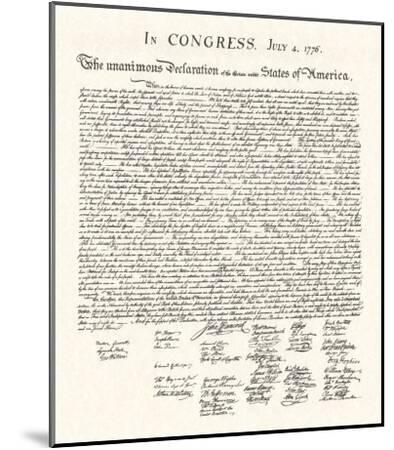

Whereas the latter’s ‘carrot’ was a proposal for dialogue – while keeping the potential stick of a blunt declaration of independence on hand – Madrid’s ‘carrots’ were a series of requests that Puigdemont would have to abide by if they were not to apply article 155 of the Spanish Constitution – the ‘nuclear option’ of suspending Catalonia’s autonomy and deposing the regional government.Īrguably, these were difficult ‘carrots’ for Puigdemont to accept: first, a request to make clear whether independence had been declared or not and, second, a demand to return to the legal and constitutional order’ (which, according to sources inside the executive, would require Puigdemont to call for snap regional elections).

Instead, they followed the ‘carrot and stick’ approach of Puigdemont. At a minimum, he would have sought to avoid the suppression of Catalonia’s autonomy and what is most likely a long prison sentence for him.īut Madrid’s authorities did not need to tie themselves to either model.

If instead Madrid had accepted Puigdemont’s call for dialogue, he would be given some leeway to negotiate possible concessions: potentially the acceptance of constitutional changes allowing for a legal referendum, or, as a second best option, a reform of the Statute of Autonomy. If the Spanish authorities reacted with a heavy hand, the case for separation would be further strengthened and so would support for independence – which still requires a convincing majority within Catalonia itself.

What many certainly hoped for was that Madrid’s response would help move Catalonia a step further to independence. To be sure, no one inside the ruling pro-independence coalition expected the Spanish government to react with complacency. On the other hand, pro-independence pragmatists were alarmed by the potentially high costs of such a move – visible in the more than one thousand firms that moved their headquarters out of Catalonia – and preferred to take a more cautious approach. On the one hand, pro-independence hardliners threatened to withdraw their support and break up the pro-independence parliamentary majority if independence was not declared. The ambiguous announcement of a ‘suspended declaration of independence’ on 10 October – to make room for dialogue with Madrid – highlighted the conundrum that the head of the Generalitat, Carles Puigdemont, had to confront. Potentially important factors in this were dissenting voices within the ruling coalition, firms withdrawing from Catalonia, and the lack of international support. That it took the pro-independence bloc 27 days to proclaim independence rather than the 48 hours promised following the 1 October referendum shows, however, that attempts were made at avoiding such a drastic measure. Mendes assesses how the crisis developed following the 1 October referendum, arguing that by calling early elections, the Spanish government has attempted to give the pro-independence bloc little opportunity to build momentum behind their resistance efforts, but that if pro-independence parties secure a majority the crisis could escalate again.Ī surreal month in Spain’s political life ended the way the Catalan and the Spanish governments had promised to start it – with a unilateral declaration of independence on 27 October, followed by the suppression of Catalonia’s autonomy. Uncompromising positions took the lead and neither the authorities in Madrid nor in Barcelona showed the necessary will or statesmanship to avoid the greatest political crisis Spain has faced since the end of Franco’s era. Catalonia faces an uncertain future following the events of the last month, but the regional elections now scheduled for 21 December are likely to be a key moment in determining its trajectory.


 0 kommentar(er)
0 kommentar(er)
